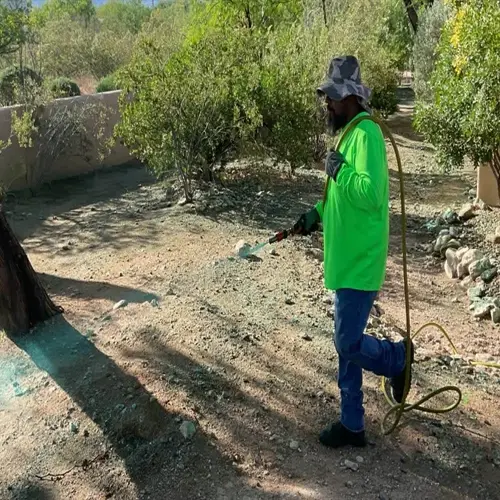How long do plants take to mature?

Written by
Julia Anderson
Reviewed by
Prof. Samuel Fitzgerald, Ph.D.The time required for plant maturation varies significantly with each species, growing conditions, and treatment. For example, radishes require only twenty-five days for maturity, whereas fruit trees may take years to bear. An understanding of these facts helps the gardener to prepare for succession planting and harvesting. The most important factors affecting the rapidity of development at the various stages of growth are the uniformity of temperature and the total amount of light received by the plants.
Genetic Determinants
- Determinate varieties complete growth in fixed timeframes (e.g., bush beans 50-60 days)
- Perennial plants require establishment years before fruiting (blueberries: 2-3 years)
- Dwarf cultivars mature 30-40% faster than standard varieties
Environmental Accelerators
- Optimal temperatures between 65-85°F (18-29°C) maximize metabolic rates
- Extended daylight (16+ hours) speeds vegetative growth in long-day plants
- Consistent soil moisture prevents growth stalls during critical phases
Cultural Practices
- Succession planting provides continuous harvests every 2-4 weeks
- Transplanting seedlings versus direct seeding gains 3-6 week head start
- Stress techniques like root restriction accelerate fruiting in containers
Speed up development by using the right interventions for each stage, including soaking large seeds to accelerate germination, using black plastic mulch to provide faster soil heating in spring weather, applying bloom-boosting fertilizers when flower buds form, and harvesting tomatoes three weeks earlier with the aid of cloches and phosphorus enzyme foods. For proper stage intervention, always follow the growth phase.
Check the growing signs to predict harvest readiness. Leaf crops are ready when the full size of the leaves is achieved before they run to seed. Root vegetables are prepared when the stems of the plants push above the ground. Fruits are full color and a little soft. Keep records giving the actual and expected harvest dates. This helps refine next year's planting.
Thanks to climate adaptations, growing seasons are extended considerably. Cold frames protect late crops against frosts. Shade cloth prevents summer bolting. Lettuce is grown year-round without the use of heat in tunnels. Grow varieties having early season, short-season, or nursery listed on their label if grown in harsh climates. Here are some methods to achieve the greatest production results when all efforts seem in vain.
Read the full article: 6 Plant Growth Stages Explained Simply

